Resilience Insights
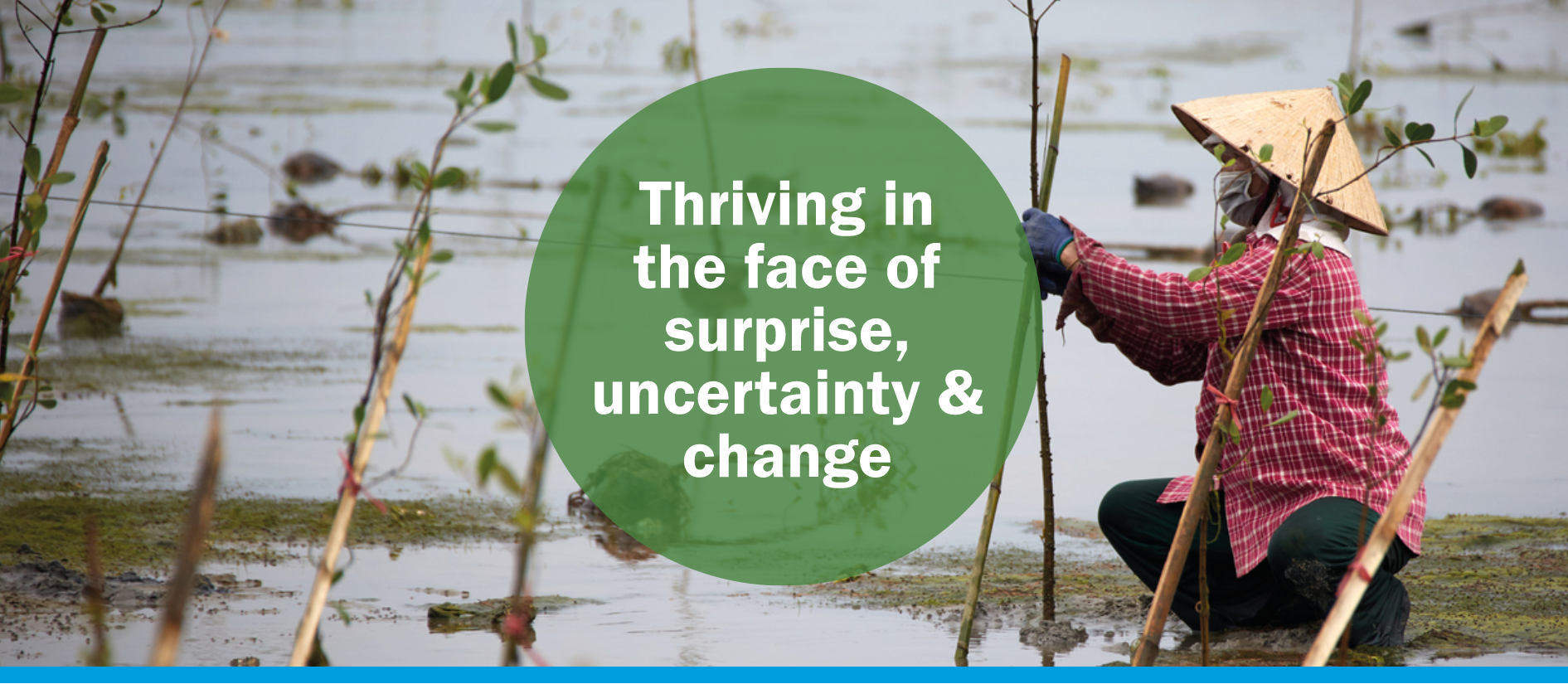
Why resilience?
The world is increasingly unpredictable with more people than ever facing more severe and frequent shocks and stresses related to climate change, economic and trade uncertainties, geopolitical instability and potential conflict.
There is a need to shift towards resilience-based approaches that promote risk management and diversity in all its forms, seek non-linear transformational change, enable local actors to transform their own futures, and tackle distant drivers alongside local, context-specific ones.
The Resilience Insights Report distils and illuminates the latest evidence from across the breadth of the Global Resilience Partnership to inform future resilience programming at a time when it is more important than ever.
Resilience is seen as a unifying concept
The latest evidence from across the breadth of the Global Resilience Partnership (GRP) presented here shows that resilience programs go beyond good, holistic development or timely humanitarian response. Resilience approaches are helping some of the world’s poorest and most vulnerable people to move from protracted and recurrent crises to longer term sustainable development.
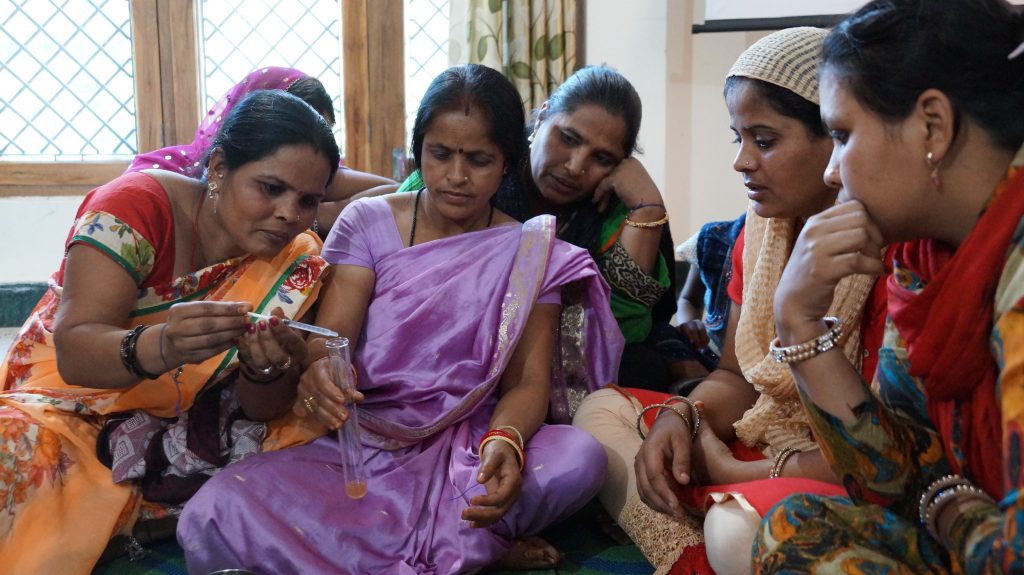
Mahila Housing Trust
The Global Resilience Partnership defines resilience as having the capacity to persist, adapt and transform in the face of change.
GRP is a partnership of public and private organizations joining forces towards a resilient, sustainable and prosperous future for vulnerable people and places. GRP believes that resilience underpins sustainable development in an increasingly unpredictable world. We envision a world where vulnerable people and places are able to thrive in the face of surprise, uncertainty and change.
GRP is comprised of around 50 partners spanning academic, policy think tanks, bilateral and multilateral development institutions, global and local Civil Society Organizations, and the private sector. GRP collaboratively designs and advances knowledge, programs, policy and innovations that build resilience for the communities and landscapes that need it the most. GRP achieves collective impact by adding value to the work of its individual partners in four main ways:
- Providing a safe space to innovate, test and rapidly scale
- Promoting shared learning and capacity development
- Convening diverse voices to shape policy and investment
- Advancing collective understanding and knowledge about resilience
Collecting compelling evidence
2019 is a critical moment in terms of harvesting evidence from resilience interventions and influencing political processes. It is essential to increase attention and investment in resilience, and further our knowledge on what policies, practices and innovations are needed to build resilience.
GRP has invested in generating evidence and learning on resilience programming from across the whole partnership and partner Innovation Challenge Funds. GRP has overseen two challenge rounds to date: the USAID Global Resilience Challenge and the Z Zurich Foundation Water Window Challenge, which has a particular focus on resilience to flood-related issues.
Our evidence also draws on the most compelling results across the partnership which represents some of the most advanced resilience enhancing efforts from around the world.
Key findings
The figure below summarizes how the main findings are organized – the most impactful intervention areas and a set of programming components which must be considered for a resilience program to be effective. It also provides a practical example of activities that lead to resilience outcomes under the ‘Linked and Layered’ program component.
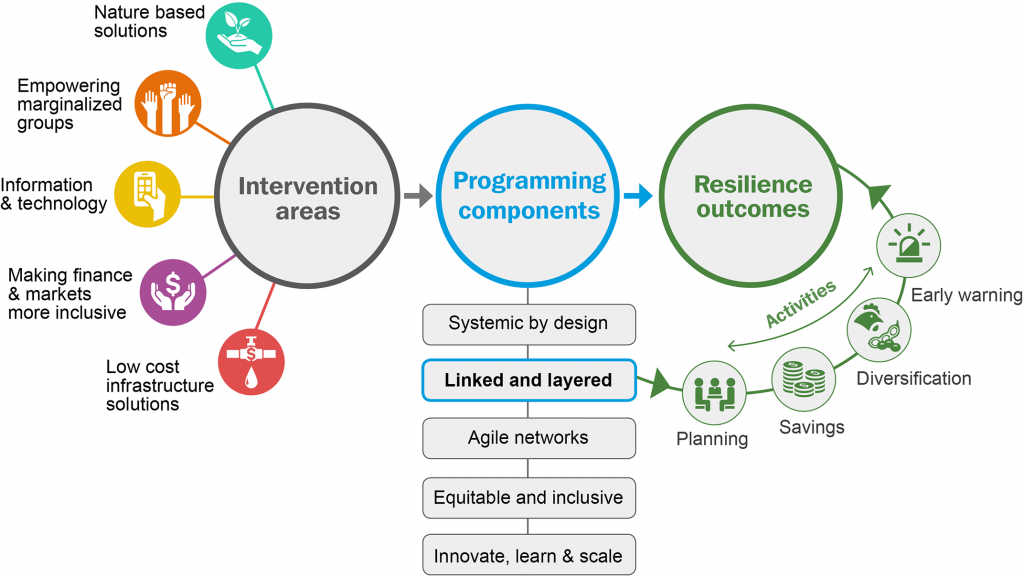
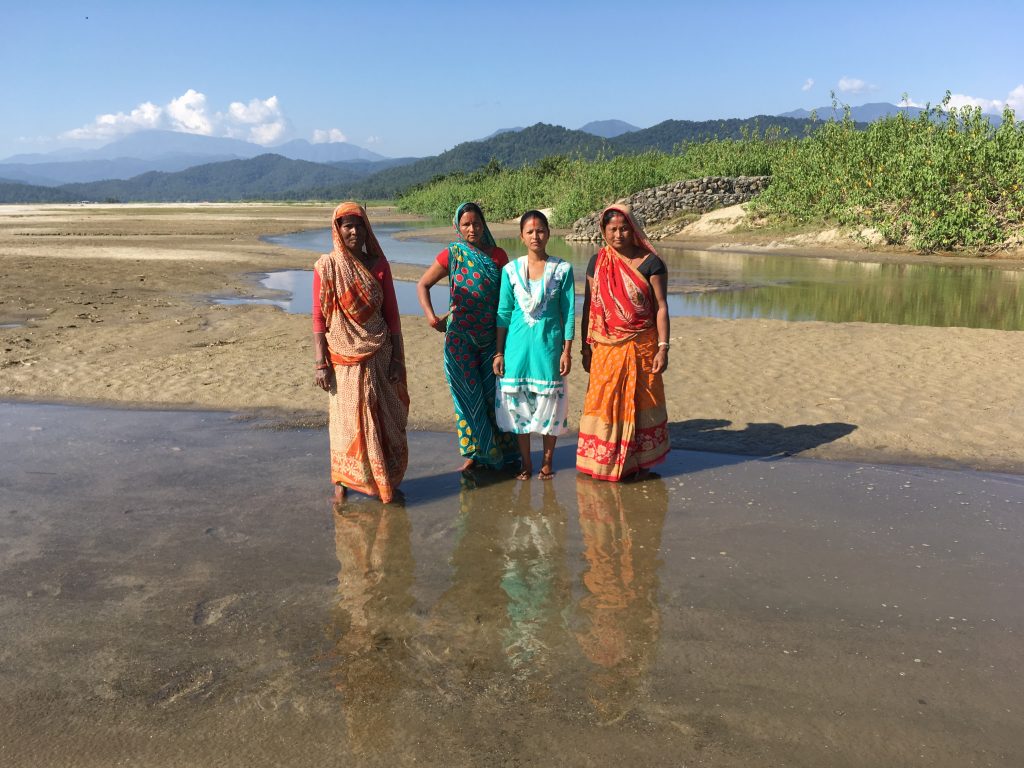
What’s working to enhance resilience?
There is good evidence from the GRP challenge funds that suggests projects have supported people to be more resilient to the threats they faced. There is strong evidence based on robust methods that long term and established GRP partner programs have delivered resilience outcomes in the face of a shock or stress. In some cases, there is also evidence that these outcomes or capacities have protected development gains such as food security in the face of climate impacts.
Evidence from across the partnership suggests that there is no single solution to building resilience. Instead, it is often a combination or package of interventions from which resilient outcomes emerge. However, the evidence gathered points to a common set of intervention areas which were used by the programs reviewed.
Interview Insights: Voices from the partnership
The evidence gathered points to a common set of intervention areas delivering the greatest results.
See the success stories below to find out more.
Nature Based Solutions
Nature based solutions have the power to deliver multiple resilience benefits and are more adaptive to shocks and stresses than ‘grey infrastructure’. They buffer the worst effects of shocks and provide longer term benefits.
Seacology has worked to build resilience through the conservation of mangroves among vulnerable communities in Northern and Eastern Sri Lanka. The project specifically focused on vulnerable women, particularly those in single-income households, and set up 347 new women-led community-based organizations (CBOs) to deliver training in livelihoods, provide access to microloans to support those new livelihoods and provide awareness-raising and strategies to conserve mangroves. The project is resulting not only in more resilient livelihoods and the conservation of mangroves but also in community-strengthening and the empowerment of women.
Empowering marginalized groups
Inclusive programs that target marginalized and excluded groups, including women and children and people with disabilities, are a central theme across the report and essential for equitable and sustainable solutions.
Mahila Housing Trust’s work in India, Nepal and Bangladesh focuses on women’s empowerment as a way of increasing resilience. The project saw women’s Community Action Groups (CAG) creating positive change, including improvements in water quantity and quality, and improvements in daily living conditions, including reductions in vulnerability relative to pre-intervention period.
Information and Technology
The provisions of climate and weather information is critical for any climate resilience program. Where climate variability is not the major risk, access to accurate and usable information is still critical, for example on market signals including volatility in market prices or agricultural extension.
Managing Risk through Economic Development (MRED) worked through community-level Disaster Management Committees in target communities in Nepal, as a way to adopt practices for hazard preparedness, early warning and contingency planning. Households that lived in MRED communities and participated in an integrated and holistic package of interventions were better off than control communities after the 2017 flooding events. These integrated interventions helped to address vulnerabilities (such as erosion-prone riverbanks, limited market access for climate-adaptive crops and harmful gender norms) that usually prevent households and communities from mitigating, coping and recovering from disasters.
Making finance and markets inclusive
Providing access to innovative financial services can improve communities’ ability to plan for, respond to and adapt to the threats they face.
Mercy Corps: Taking Risk Out of Agricultural Trade for Relief and Development Enhanced with Resilience (TRADER) designed an innovative sharia compliant financial product to support improved market functions within the livestock system in Wajir, Kenya. The International Food Policy Research Institute led Satellite Technologies, Innovative and Smart Financing for Food Security (SATISFy) project proposed a market-based innovative risk management solution in the form of risk-contingent credit (RCC), a linked financial product that embeds within its structure insurance protection.
Low Cost Infrastructure
Affordable and low technology infrastructure solutions which can be widely scaled out can reduce exposure to identified risks.
MetaMeta has rolled out the Roads for Resilience approach in Ethiopia and Kenya to implement road water management practices. The project has benefited over 3 million people through putting in place road water management systems, including road water harvesting in Ethiopia. Monitoring showed that despite a drought, crop yields among farmers practicing water harvesting were higher than in previous years which had higher rainfall. At the same time, road water harvesting ponds provided vital sources of water for livestock, thus reducing potential losses.
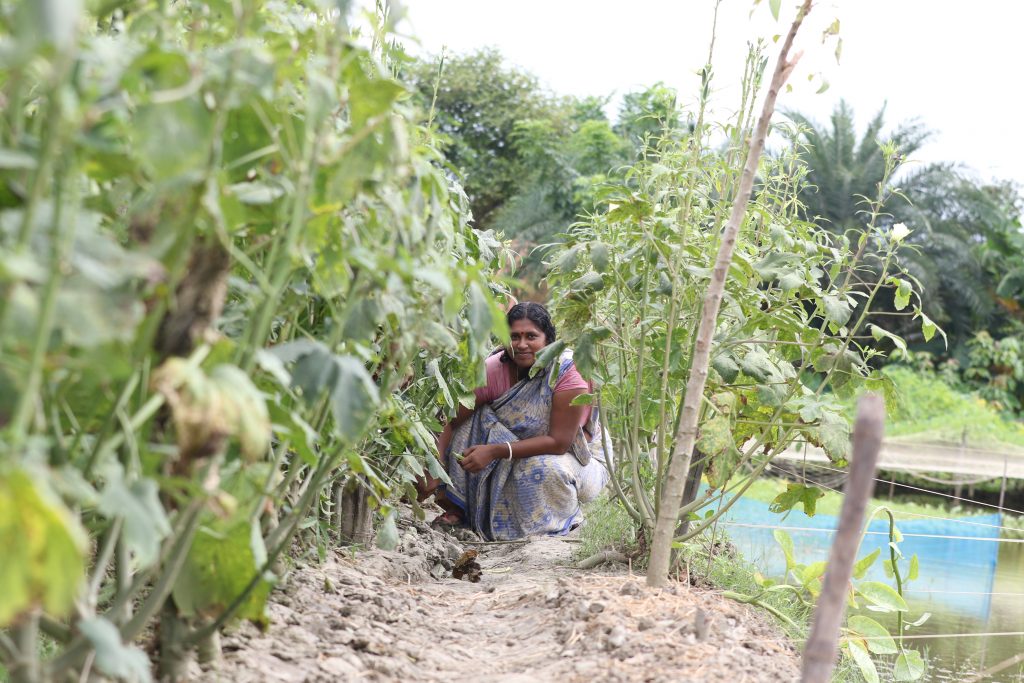
What makes a resilience program different? What makes it effective?
A defining characteristic of resilience programs, which make them different from regular development programs is a focus on shocks and stresses and the risks they pose to communities and development outcomes. This often situates resilience programs at the heart of our most intractable issues, working with the most marginalized and vulnerable in the most volatile contexts.
Based on our review of evidence from across the partnership, we believe there are five program components which are necessary for resilience programs to be effective – see diagram below.
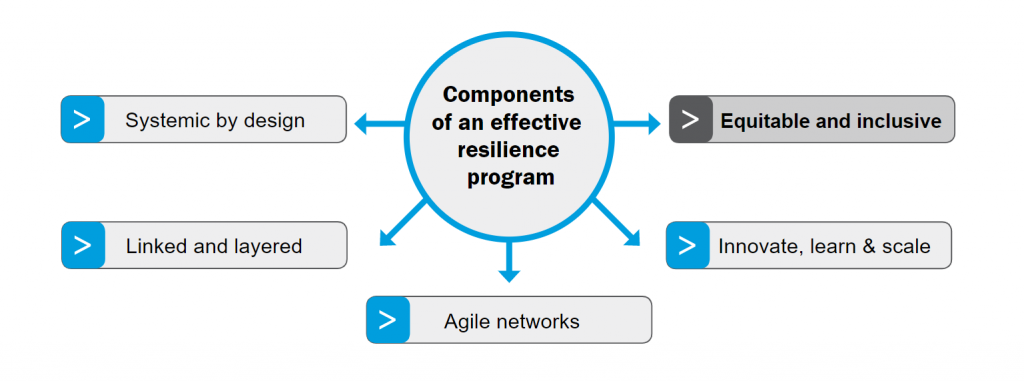
- Be systemic by design: understand the different levels, actors, enablers, constraints and resources in a social-ecological system, which can combine to influence risk and impact
- Equitable and inclusive: promote decentralized decision making to make front-and-center the needs and capacities of the most vulnerable, excluded and marginalized in program design
- Layer and link interventions to manage risk: build program redundancy and agility in the face of unpredictability
- Create dynamic and agile networks: brokering access to hard-to-reach groups and forming key partnerships to increase changes of longer-term sustainability
- Innovate, learn and scale: cycles of innovating, testing, learning and adapting are required to deliver lasting change beyond the boundaries of programs and funding schemes.
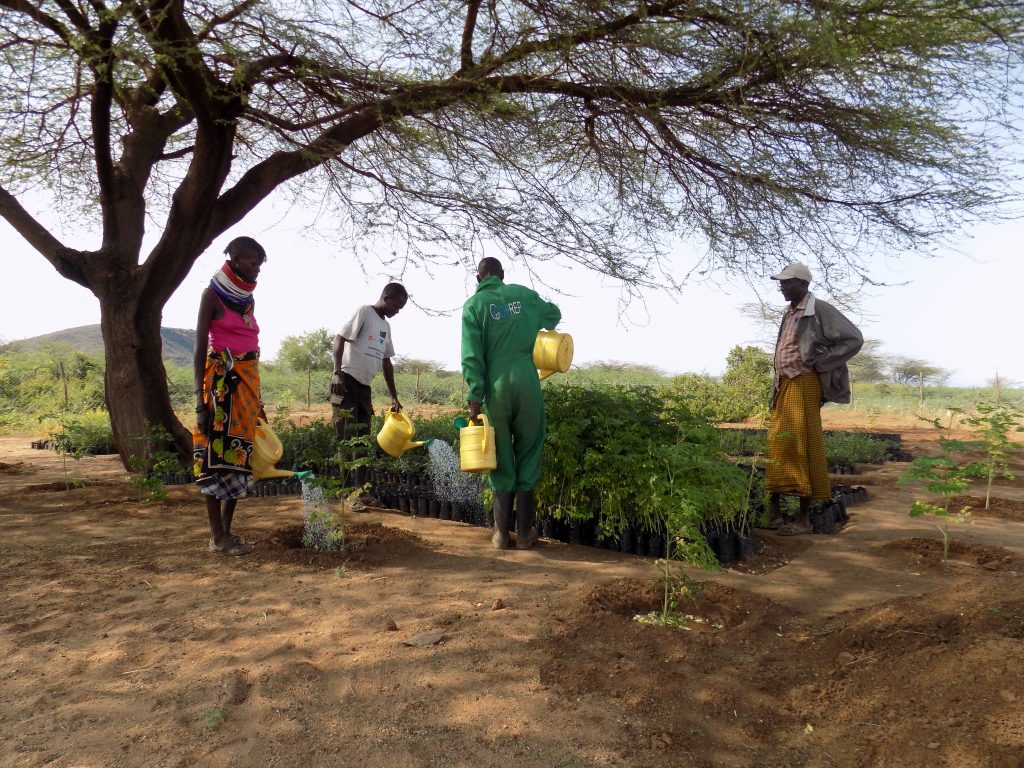
Informing future resilience programs
There is more need than ever for resilience programs, projects and policies which can tackle multiple risks in an increasingly unpredictable world. New sources of funding are required and these need to be flexible, predictable and long-term. Innovative financing models which combine public and private finance are needed and these require a better understanding of the benefits a resilience approach can bring to bridge the gap between practice and funding.
The evidence points to some important design considerations to take into account when planning or implementing a resilience initiative. These link to the four main ways in which GRP is adding value to the work of its individual partners. They spell out specific measures which should be taken for each:
Provide a safe space to innovate, test and rapidly scale
GRP surfaces and tests resilience innovations and incubates new ideas by designing and running innovation challenges and supporting peer-to-peer learning on innovation.
Recommendation 1: Be transformative by design
Transformative change can take time to deliver but there are also quick wins and immediate support which can be delivered quickly. Ensuring that the former doesn’t hamper the latter is critical and central to resilience programming – a focus on meeting needs today may lock in behaviours and technologies vulnerable to tomorrow’s shocks. Programs need to address drivers and focus on the underlying factors of vulnerability to increase the chance of transformative change. Implementers need to build this into resilience program design. Donors need to consider mandating this as part of award criteria.
Recommendation 2: Plan and invest for the long-term
Bringing about sustainable and systemic change requires greater planning horizons. Two or three years are not sufficient. There is a need to move beyond projects to whole system interventions. These can be hybrid modalities such as combining a challenge fund with longer term phased grant funding and more systemic policy influencing work at different levels of the system and planning cycle. Doing this can reduce risk exposure to failure by building in stage gates while still making longer term commitments.
Recommendation 3: Move to rapidly scale up innovations that work and adapt or abandon those that don’t
There is now sufficient evidence from almost a decade of programmes aimed at enhancing resilience to identify solutions which work, some of which have been presented in this report. These need to be replicated and scaled to reach more people in more contexts.
Promote shared learning and capacity development
GRP works to ensure long-term capacity and institution building for transformative change by harnessing the best expertise, experience and evidence on resilience.
Recommendation 4: Build capacity and create systems to support shared learning
Without understanding what is working well and what isn’t in a constantly changing environment, it will not be possible to support program components such as working flexibly, linking effective interventions or ensuring inclusion. This requires improving capacity building and learning across institutions, practitioners and geographies. This should ensure the best available knowledge and expertise is used to design new resilience programs and incorporated into national and regional policies and plans.
Recommendation 5: Encourage genuine community led planning and co-design
Wherever possible, the target community should be involved in the design of the project or interventions. This will help to surface their priority needs, identify their particular vulnerabilities and increase the chances of sustainability beyond the project lifetime. Reaching the most vulnerable is not easy and requires commitment from implementers and funders. It may also take longer to do and to deliver results.
Recommendation 6: Move from gender sensitive to transformative
A policy, program or project that considers and aims to address the specific needs, interests, capacities and contexts for women and men can be considered gender sensitive. However, to be gender transformative and support lasting change programs should aim to tackle gender relations in favor of the equal sharing of power by women and men. This involves revising the socio-cultural, political and economic structures and norms that underpin inequalities. There is a significant opportunity in moving from ensuring equal rights to seeing empowered women as powerful agents of transformative change.
Convene diverse voices to shape policy and investment
GRP builds networks and leverages opportunities for policy engagement and investment brokering, ensuring that the most vulnerable are at the center of the dialogue.
Recommendation 7: Build critical partnerships and networks at all scales
Single organizations are highly unlikely to be able to deliver all the services and activities required for effective resilience building. Access to the most vulnerable and to organizations and institutions necessary to reach them can be achieved through effective partnership – all projects have demonstrated the importance of this. The nature and quality of networks is important and successful resilience interventions need to be explicit early in the design process about what gaps or constraints there are that may be met by a key partner.
Recommendation 8: Strategically engage private and public partners
Many national and local government institutions, businesses and civil society organisations are building resilience into their policies, programming, investments and plans. To realise their commitments these diverse stakeholders will need to be convened using the best and latest expertise, experience and evidence on how to invest in resilience for development. While there is considerable support for climate action on mitigation and low carbon development there is limited co-ordination and convening space to shape policy and investments around resilience and climate adaptation.
Advance collective understanding and knowledge about resilience
GRP coordinates and translates state of the art resilience knowledge for its partners and the wider resilience community.
Recommendation 9: Address gaps in resilience knowledge
The demand to increase resilience action and investment is growing and filling knowledge and evidence gaps is imperative if we are to help build a resilient future. This report is based on a limited number of resilience programs, designed and implemented by GRP partners. We recognise that there are ways of resilience programming yet unexplored by the partnership – and acknowledge the myriad inherent limitations in producing a report on a topic as wide as ‘resilience programming’. Creating a fair, prosperous world that maintains and strengthens Earth’s life-support system requires transformative changes. Together the partnership can explore opportunities for change by embedding some of the aspects identified into programming designs and implementations. However, substantial additional research is needed.

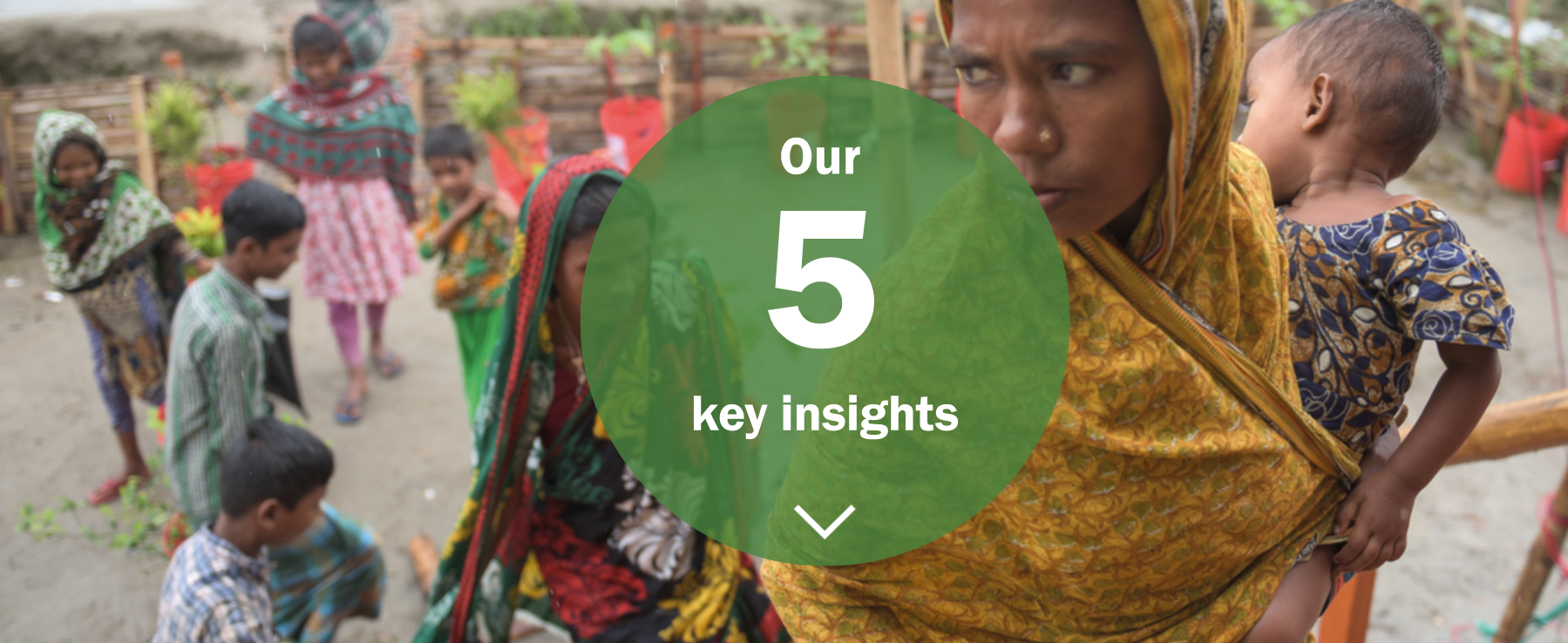
- Why resilience? Read insight >
Traditional development no longer works in our increasingly unpredictable world, we need innovative resilience approaches that allow vulnerable people and places to thrive in the face of surprise, uncertainty and change - Resilience works Read insight >
GRP Innovation Challenges supported 5.7 million people, with strong evidence that GRP partners delivered resilience outcomes - Effective interventions Read insight >
There is no single solution to building resilience, but the evidence points to five common intervention areas used to leverage resilience results - Critical Components Read insight >
Evidence collated across the breadth of the partnership points to five components for effective resilience programming - Designing for impact Read insight >
Incorporate our resilience recommendations and design considerations to add value and amplify collective impact
Download the Resilience Insights Report
Associated knowledge products
Further resources
Challenge Rounds: GRP has facilitated three challenge rounds. You can find them here.
Outcome Reports: Identifying opportunities to increase ambitions and actions for resilience are here.
Newsletters: GRP’s bi-monthly round up of highlights to Partners can be found here.
Solutions Platform: Visit GRP’s Management Information System and Solutions Platform here.
www.globalresiliencepartnership.org
Contact us: info@globalresiliencepartnership.org